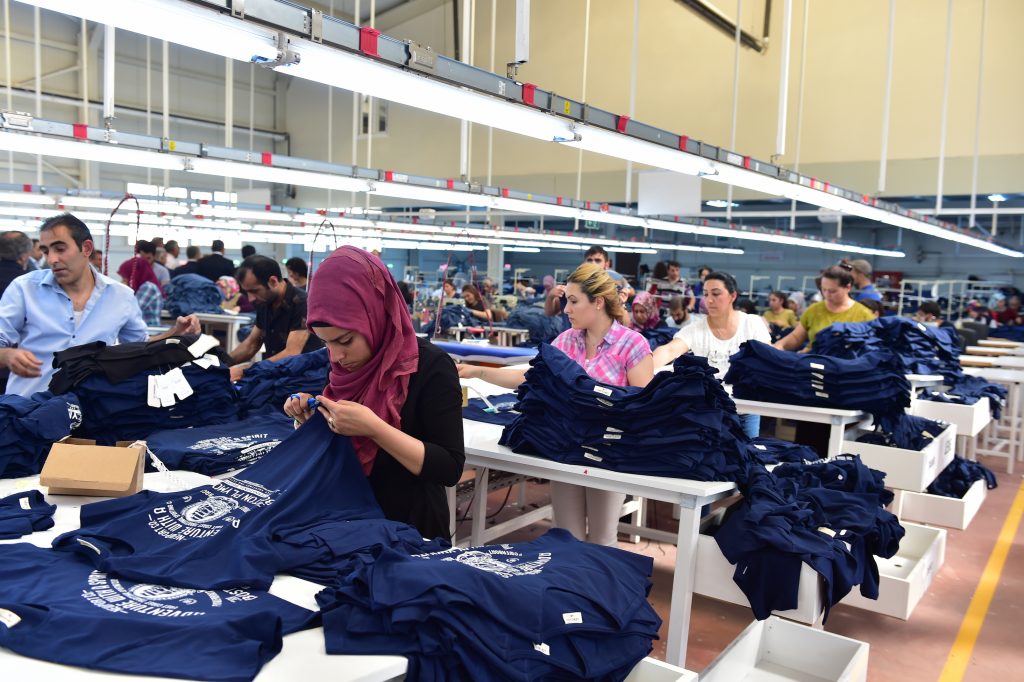Turkey has seen a strong rise in its garment exports in the first seven months of this year thanks to retail recovery in its key European markets. Many companies are reported to be working at full capacity for the first time since the coronavirus pandemic took hold early in 2020.
Shipments to foreign markets between January to July were up 27% on last year, reaching $11.1 billion. The three biggest export destinations for Turkish textiles were Germany, with sales of $1.9 billion. This was followed by Spain at $1.5 billion and the United Kingdom at $1.2 billion.
Burak Sertbaş, the chair of the Aegean Ready-To-Wear and Confection Exporters’ Union, believe the Turkish industry’s overseas sales could top the $20 billion by the end of this year. He noted the ongoing effects of pandemic, but said there were indications of normality in fashion retail.
“The impact of the COVID-19 pandemic on economies are still being felt, but the pandemic’s adverse effects are waning. There are signs that economies are returning to normal.”
Turkey is the world’s fourth biggest textile exporter, with a 3.3% share of the global market in 2020.
Accounting for around 6% of the country’s GDP, clothing and textiles are among the largest and best-performing sectors of the Turkish economy.
In 2019, around 60,000 textile companies were operating in Turkey, which together employed some 2 million people – about 16% of Turkey’s total employment.
Last year, some Turkish manufacturers opted to swap clothing production for medical supplies to cater to Covid-19 related consumption, but they are back to fashion in 2021: “Exporters are now producing mainly traditional outfits, such as suits, shirts, trousers, ” said Sertbaş.
One post-pandemic challenge for factory owners is recruiting sufficient numbers of new staff. Sertbaş explained that manufacturing could shift to Turkey’s east to compensate for falling interest among potential workers in the traditional manufacturing heartlands of Istanbul and Bursa:
“We cannot find young employees to replace staff that have retired. Production is likely to move to the eastern and south eastern provinces of Turkey, where the workforce is rather more abundant.”
Main photo top, of workers in a textile factory in Igdir, Turkey, on 20 May 2017. Photo © Thomas Lock / Shutterstock





